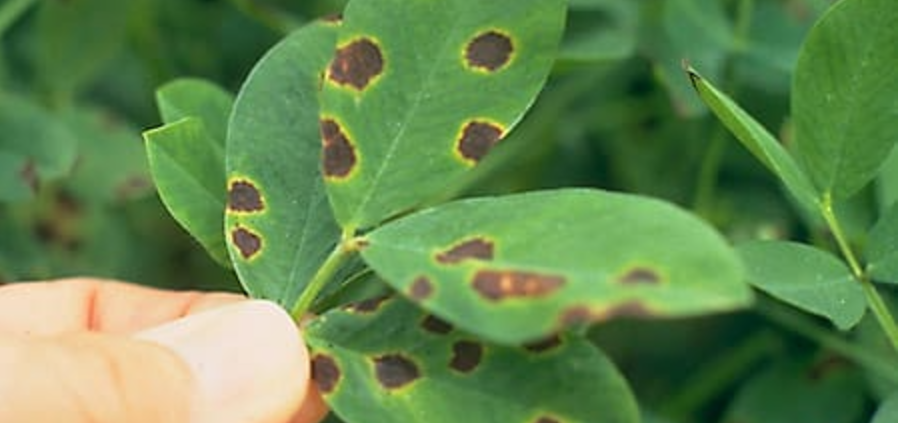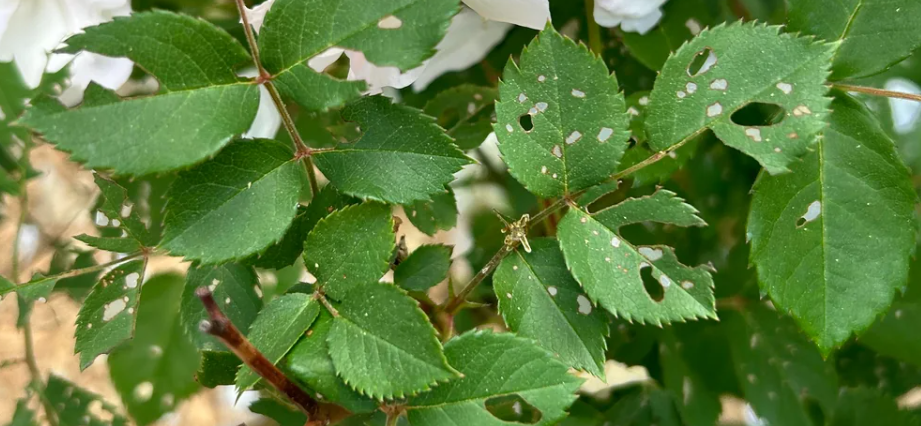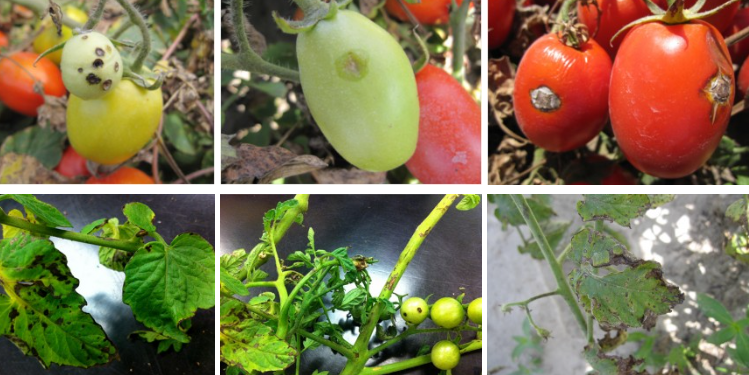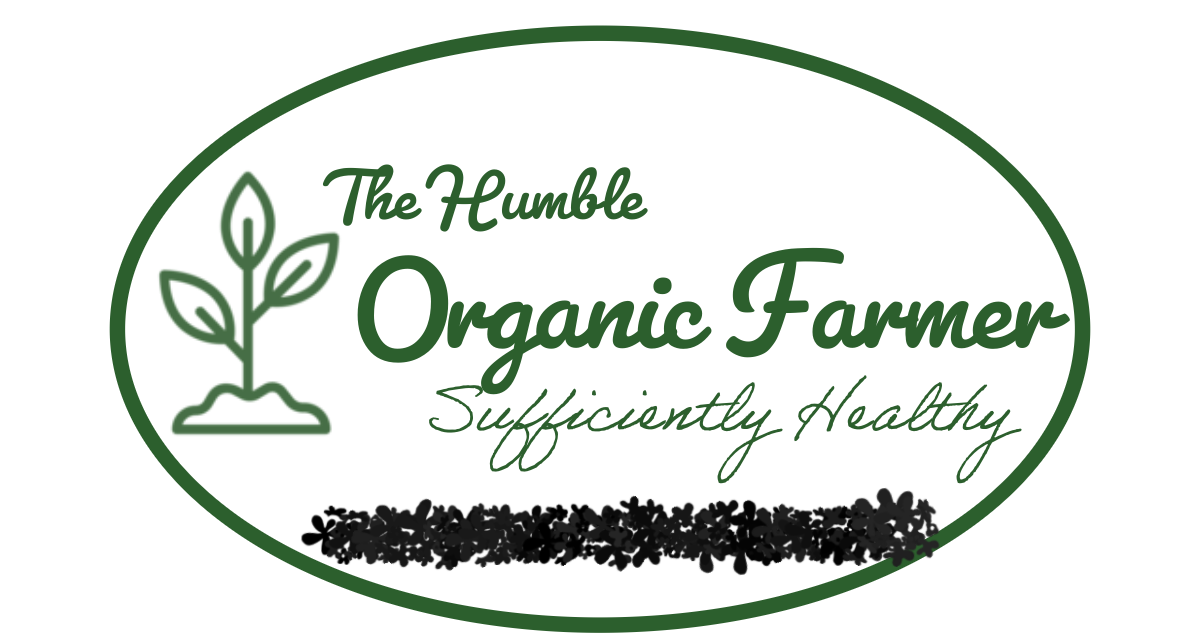According to wikipedia, A leaf spot is a limited, discolored, diseased area of a leaf that is caused by fungal, bacterial, or viral plant diseases, or by injuries from nematodes, insects, environmental factors, toxicity or herbicides.

What Causes Fungal Leaf Spot?
As mentioned earlier, there are three main causes of the leaf spot;
- Bacteria
- Fungus
- Virus
- Insects
- Toxicity and sometimes from herbicides or
- Injuries from nematodes
This bacterial/fungal infection is most common in moist, warm temperatures during the summer, especially if watered by overhead sprinklers. Spots show up on leaves as either black or brown water-soaked spots and then break away, forming holes in your leaves.

This bacterial leaf spot affects tomatoes and peppers mostly, creating sunken brown areas in the fruit, while the fungal leaf spot affects cabbage, cauliflower, Chinese cabbage, broccoli, Brussels sprouts, kohlrabi, kale, turnips, and rutabaga.

The spores also lie dormant over winter in soil, garden debris, and on seeds saved.
How do we treat Bacterial/Fungal Leaf Spot Organically
The following are some proven organic ways to control and treat the disease.
1. Use Resistant Varieties.
Select resistant varieties and choose seeds that are from leaf-spot-free stock.
2. Prone and keep the garden well aireted.
Keep area under plant clean and remove excess foliage that prevents airflow throughout leaves.
3. Baking Soda Spray.
Spray with baking soda solution (1 tablespoon of baking soda and 2.5 tablespoons of liquid dish soap to one gallon of water). Solution may burn leaves, so apply on a few leaves to test before spraying application over your entire garden every 14 days.
4. Natural Copper Spray.
Apply all-natural copper-based or sulfur-based fungicides at the first signs of this disease. This organic measure does not cure leaf spot but will to help prevent the spread of this fungus by not allowing the spores to germinate.
5. Avoid high nitrogen fertilizers.
Limit high-nitrogen fertilizers
